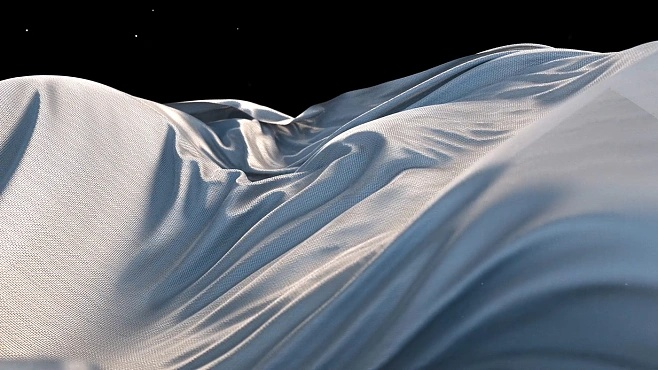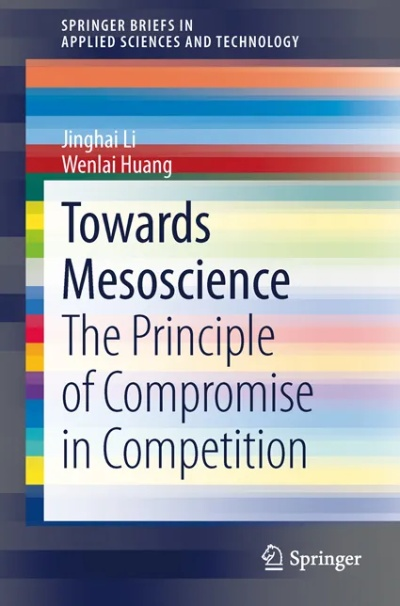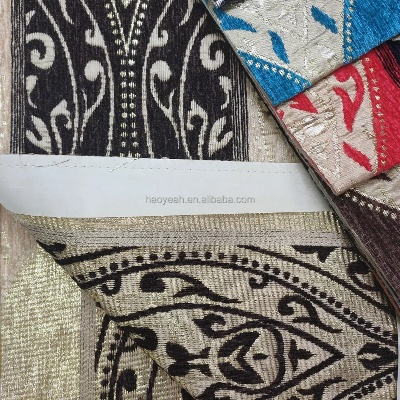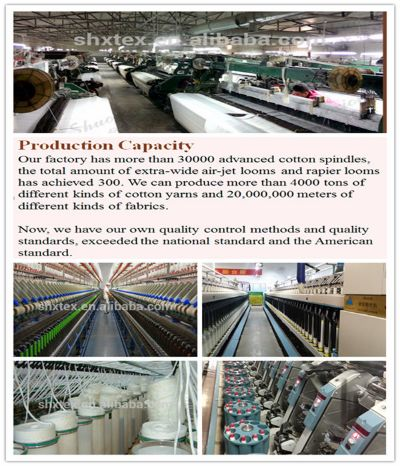The Science Behind Textile Whiteness:An Overview
This article provides an overview of the science behind textile whiteness. The main factors that contribute to the color of a fabric are the chemical composition and structure of the fibers, as well as the dyes used in the manufacturing process. The chemical composition of the fibers determines their color, while the structure of the fibers affects how the dye interacts with them. The dyes themselves can be classified into natural and synthetic, and each type has its own unique properties. In addition, the manufacturing process, including the temperature, pH, and time of exposure to the dye, also play a significant role in determining the final color of the fabric. Overall, understanding these factors is essential for achieving optimal textile whiteness and ensuring consistent quality across different products.
Introduction: Textile whiteness is a critical quality that determines how bright and appealing a fabric appears. It's often measured using the "whiteness value" or "L* value," which represents the relative lightness of a sample against a standard white background. This metric is essential in the textile industry, as it influences consumer perception, product marketing, and even the cost of production. In this article, we will delve into the science behind textile whiteness and explore its importance in the world of textiles.

Textile Whiteness Measurement: The measurement of textile whiteness involves several steps. Firstly, the fabric sample is placed on a white background. Then, a spectrophotometer is used to measure the color intensity at different wavelengths of visible light. The resulting data are analyzed to determine the L* value, which represents the degree of whiteness.
Factors Affecting Textile Whiteness: There are several factors that can affect textile whiteness, including:
- Fabric Type: Different fabrics have different levels of whiteness. For example, cotton and linen tend to be more yellowish in color, while synthetic fibers like polyester and rayon may be more blue-toned.
- Fiber Source: The source of the fiber can also impact whiteness. Natural fibers like cotton and wool are generally lighter in color than synthetic fibers.
- Manufacturing Process: The way a fabric is produced can affect its whiteness. For example, dyeing techniques can introduce variations in color, while washing and finishing processes can alter the fabric's appearance.
- Environmental Factors: Weather conditions, such as sunlight exposure, can also affect textile whiteness. UV rays can cause fading and discoloration, while humidity can affect the fabric's texture and appearance.
Example: Consider a case study involving a brand that produces high-end fashion clothing. They use a blend of natural and synthetic fibers to create their garments. The company's whiteness values for different fabrics are carefully monitored to ensure consistent quality across all products. They also invest in advanced dyeing technologies to maintain the fabric's brightness over time. By understanding the factors affecting textile whiteness, they can optimize their production process and improve the overall appeal of their products.
Conclusion: Textile whiteness is a critical aspect of the textile industry, as it directly affects consumer perception and product marketing. By understanding the science behind whiteness measurement and the various factors that can impact it, manufacturers can make informed decisions about their products and optimize their production processes. As technology continues to advance, we can expect even greater precision and control over textile whiteness, leading to even more beautiful and vibrant fabrics for consumers to enjoy.
纺织品白度值的重要性
在纺织品行业中,白度值是一个非常重要的指标,它直接关系到纺织品的质量和外观,纺织品白度值是指纺织品在特定波长下的反射率或透过率,它反映了纺织品颜色的纯净度和亮度,一个高质量的纺织品需要具有高白度值,以展现出其优雅、纯净的外观。

纺织品白度值的测量方法
测量纺织品白度值的方法通常包括使用光谱分析仪或色差仪等设备,这些设备可以测量纺织品在不同波长下的反射率或透过率,从而得到纺织品的光谱反射率和色度参数,这些参数可以用于评估纺织品的颜色纯度和亮度,以及其白度值的大小。
案例分析:纺织品白度值的实际应用
让我们通过一个具体的案例来说明纺织品白度值在实际应用中的重要性,假设我们有一家知名的纺织品制造商,他们专注于生产高质量、高白度的纺织品,他们采用了先进的纺织技术,严格控制原材料的质量和工艺流程,以确保最终产品的白度值达到最佳水平。
高品质棉质衬衫
这家制造商生产的高品质棉质衬衫采用了高质量的纺织原料,经过严格的工艺流程控制,其白度值非常高,在特定的光谱分析下,该衬衫的颜色纯度和亮度都非常高,给人一种优雅、纯净的感觉,这种高品质的纺织品不仅满足了消费者的需求,也赢得了市场的广泛认可。
纺织品白度值的补充说明

在纺织品行业中,除了测量白度值外,还需要考虑其他因素来评估纺织品的质量和外观,纺织品的纤维类型、织造工艺、染色工艺等因素都会影响其白度值,不同地区的气候和地理环境也会对纺织品的白度值产生影响,在评估纺织品时,需要综合考虑多个因素。
表格补充说明:纺织品白度值表示
以下是关于纺织品白度值的表格补充说明:
| 项目 | 白度值范围 | 影响因素 | 示例产品 |
|---|---|---|---|
| 纺织原料 | 高质量纤维材料 | 纤维类型、织造工艺、染色工艺等 | 高品质棉质衬衫 |
| 工艺流程控制 | 严格控制原材料的质量和工艺流程 | 纺织工艺、染整工艺等 | 该制造商的高质量纺织品生产流程 |
| 环境因素 | 气候和地理环境 | 不同地区的气候和地理环境对纺织品的白度值产生影响 | 该制造商的产品在全球范围内受到广泛认可 |
纺织品白度值是衡量纺织品质量的重要指标之一,一个高质量的纺织品需要具有高白度值,以展现出其优雅、纯净的外观,在评估纺织品时,需要综合考虑多个因素,包括纺织原料、工艺流程控制、环境因素等,随着科技的不断进步,纺织品的生产工艺也在不断改进,使得纺织品能够更好地满足消费者的需求,在未来的纺织品行业中,我们需要不断提高对纺织品白度值的重视程度,以确保高质量、高白度的纺织品能够满足市场的需求。
Articles related to the knowledge points of this article:
The Beauty of Puerh Decorative Textiles



